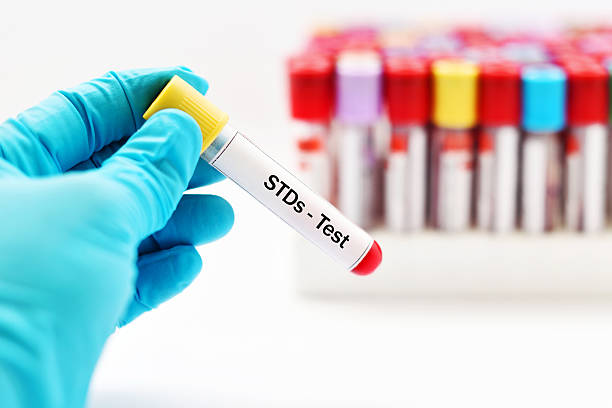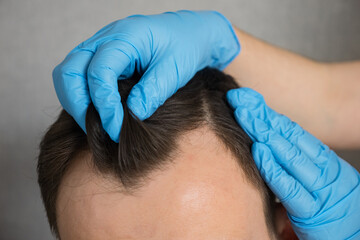 High-Converting Funnels – From Ad Click to Final Sale!
High-Converting Funnels – From Ad Click to Final Sale!
How Fractional Laser Works for Hyperpigmentation
Written by Tajmeels Clinic » Updated on: June 17th, 2025

Hyperpigmentation is a common skin condition that results in dark patches or spots on the skin, often caused by excessive melanin production. This condition can be frustrating for many, leading them to seek effective treatment options. Among the various treatments available, fractional laser(فراكشنال ليزر) therapy has gained significant attention for its effectiveness in addressing hyperpigmentation. In this article, we will explore how fractional laser works, its benefits, and what to expect during the treatment process.
What is Fractional Laser?
Fractional laser treatment involves the use of a laser to target specific areas of the skin while leaving surrounding tissue unaffected. This technology promotes healing and stimulates collagen production, leading to improved skin texture and tone. Fractional lasers can be either ablative or non-ablative, each serving different skin concerns.
Ablative vs. Non-Ablative Fractional Lasers
Ablative Fractional Lasers: These lasers remove the outer layers of the skin, making them effective for more severe skin issues, including deep wrinkles and significant hyperpigmentation. The most common ablative lasers are the CO2 and Erbium YAG lasers.
Non-Ablative Fractional Lasers: These lasers penetrate deeper layers of skin without removing the outer layer. They are less invasive and are used primarily for mild to moderate skin conditions. Common non-ablative lasers include the Nd
and the fractional diode laser.
Both types can effectively reduce hyperpigmentation but may vary in terms of recovery time and results.
How Does Fractional Laser Work for Hyperpigmentation?
1. Targeting Melanin
The primary cause of hyperpigmentation is excess melanin production. Fractional laser works by delivering focused laser beams into the targeted areas of the skin. The heat generated by the laser targets the melanin, breaking it down and allowing the body to eliminate it more effectively.
2. Stimulating Collagen Production
In addition to reducing melanin, fractional lasers also stimulate collagen production. Collagen is essential for skin elasticity and firmness. By promoting collagen remodeling, fractional laser therapy can improve overall skin texture and reduce the appearance of dark spots.
3. Creating Micro-Injuries
Fractional laser treatment creates controlled micro-injuries in the skin. This process triggers the body’s natural healing response, leading to the regeneration of new skin cells. As the skin heals, the appearance of hyperpigmented areas diminishes, resulting in a more even skin tone.
4. Gradual Improvement
Results from fractional laser treatment are often gradual. Patients may notice improvements within a few days post-treatment, but optimal results typically appear after several weeks as the skin continues to heal and regenerate.
Benefits of Fractional Laser for Hyperpigmentation
1. Precision and Safety
Fractional lasers allow for precise targeting of hyperpigmented areas while leaving surrounding skin intact. This precision reduces the risk of damage to healthy tissue, making it a safer option compared to other treatments.
2. Minimal Downtime
Unlike traditional laser treatments that require significant downtime, fractional laser therapy typically involves minimal recovery time. Patients may experience redness and swelling for a few days, but most can return to their daily activities shortly after treatment.
3. Versatile Treatment
Fractional lasers can be used on various skin types and tones, making them a versatile option for treating hyperpigmentation. Whether you have fair or darker skin, fractional laser therapy can be adjusted to suit your specific needs.
4. Long-lasting Results
With proper aftercare, the results of fractional laser treatments can be long-lasting. Many patients report sustained improvement in their skin tone and texture for months, even years, after completing their treatment series.
What to Expect During a Fractional Laser Treatment
1. Consultation
Before undergoing fractional laser treatment, it’s essential to schedule a consultation with a qualified dermatologist or laser specialist. During this appointment, the practitioner will assess your skin type, discuss your concerns, and determine the most suitable laser treatment for you.
2. Pre-Treatment Care
Prior to treatment, your practitioner may recommend specific pre-treatment care. This may include avoiding sun exposure, discontinuing certain medications, and applying topical creams to prepare your skin for the procedure.
3. The Treatment Process
On the day of the treatment, the practitioner will cleanse your skin and may apply a numbing cream to minimize discomfort. Once the skin is prepared, the fractional laser will be passed over the targeted areas. The procedure typically lasts between 30 to 60 minutes, depending on the size of the treatment area.
4. Post-Treatment Care
After the treatment, patients may experience redness, swelling, and a sensation similar to a mild sunburn. Your practitioner will provide aftercare instructions, which may include:
Keeping the treated area clean and moisturized
Avoiding direct sunlight and using sunscreen
Not picking at any scabs or peeling skin
5. Follow-Up Treatments
Many patients require a series of fractional laser treatments to achieve their desired results. The number of sessions will vary based on the severity of hyperpigmentation and individual skin type. Your practitioner will outline a treatment plan tailored to your needs.
Potential Side Effects of Fractional Laser
While fractional laser therapy is generally safe, some patients may experience side effects, including:
Redness and swelling
Itching or tingling sensation
Scabbing or peeling
Changes in skin pigmentation
Most side effects are mild and resolve within a few days. However, it’s crucial to follow post-treatment care instructions to minimize risks and ensure proper healing.
Conclusion
Fractional laser therapy offers a promising solution for those struggling with hyperpigmentation. By effectively targeting excess melanin and stimulating collagen production, this treatment can lead to improved skin tone and texture with minimal downtime. If you’re considering fractional laser for hyperpigmentation, consult with a qualified dermatologist to determine the best approach for your skin type and goals.
Note: IndiBlogHub features both user-submitted and editorial content. We do not verify third-party contributions. Read our Disclaimer and Privacy Policyfor details.
Copyright © 2019-2025 IndiBlogHub.com. All rights reserved. Hosted on DigitalOcean for fast, reliable performance.














